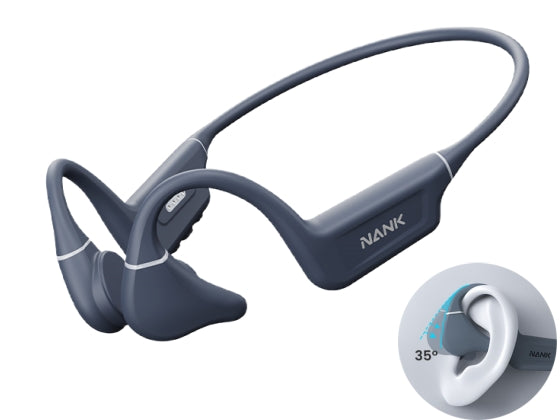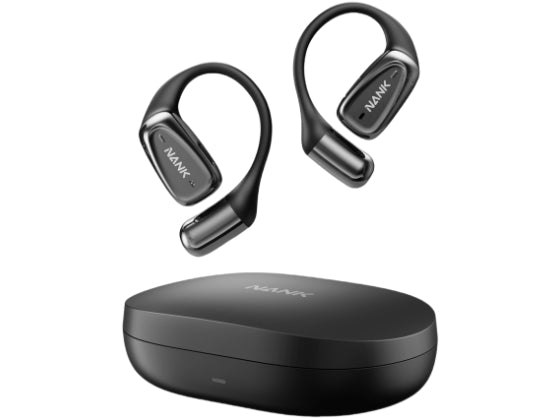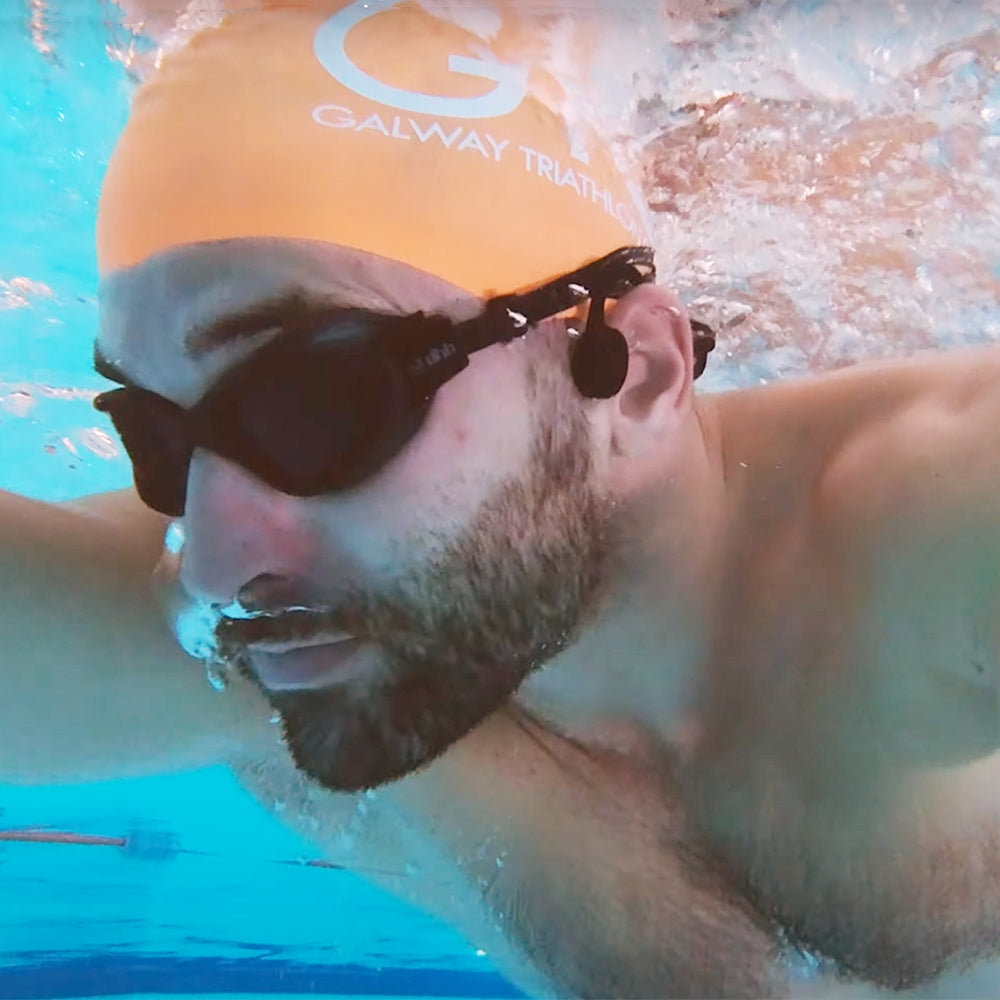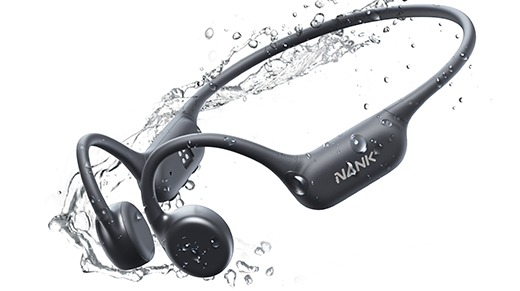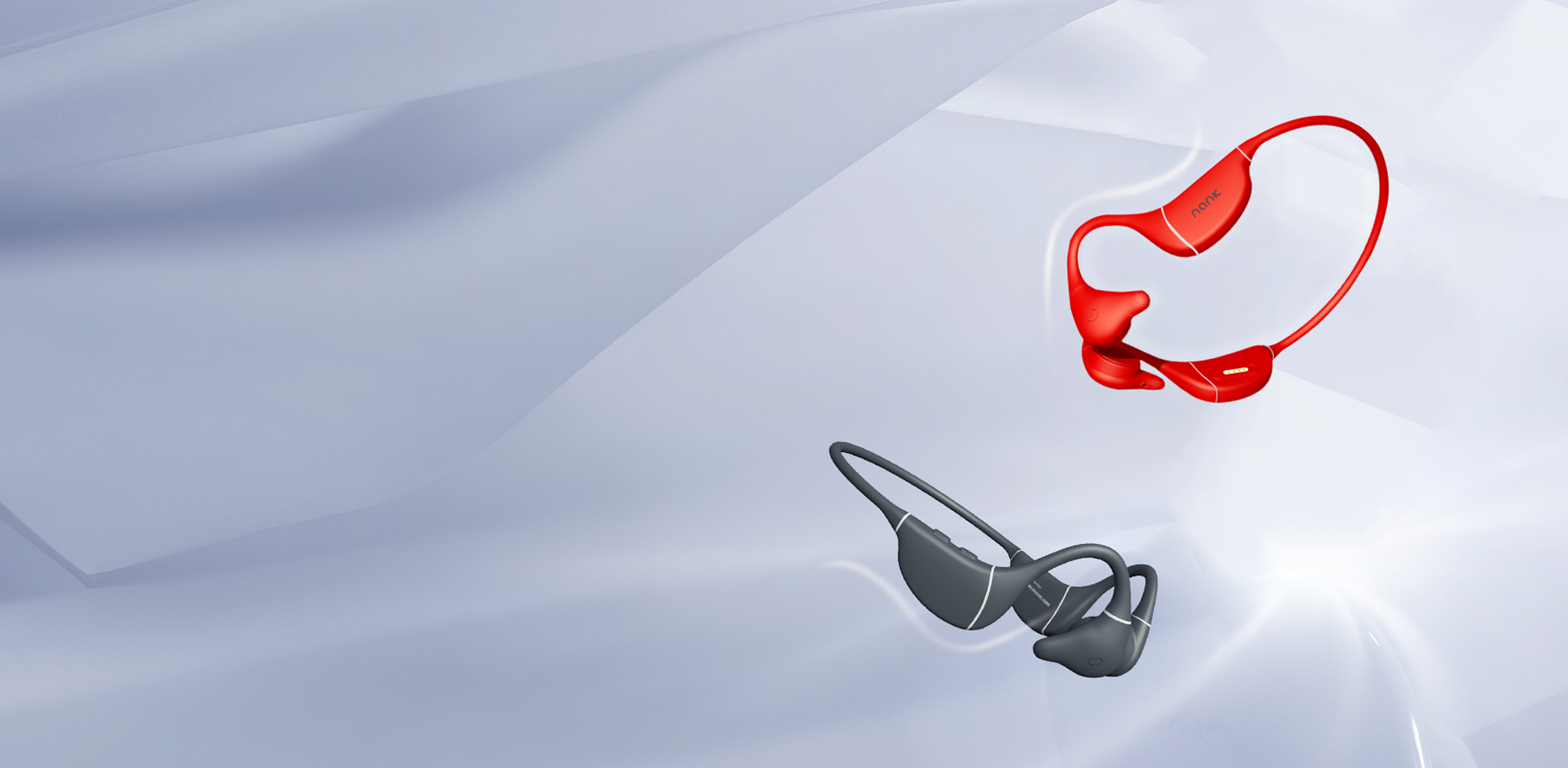If you are reading this article, you are probably considering running as a new way to improve your fitness and overall health. As someone who has helped many beginners embark on their running journey, I can tell you that running is one of the most accessible and beneficial forms of exercise. Let me guide you through everything you need to start running safely and effectively.
Why running is great for beginners

Running is an excellent choice for beginners for several reasons. Firstly, running has tremendous health benefits. Running helps improve cardiovascular health, increases lung capacity, builds muscle, and helps control weight. Running is not only good for your body, but it can also do wonders for your mental health by reducing stress and releasing endorphins (often referred to as the ‘running high’).
Secondly, running is very simple and flexible. You don't need a special time frame, location or equipment. Whether you choose to run in the park, in your neighbourhood or on a treadmill, it fits perfectly into most people's lifestyles.
Preparing for a run
![]()
There are a few things to prepare for before you start the real thing.
Gear up wisely
You need a good pair of running shoes. Look for shoes that offer enough cushioning and support for the shape of your feet. Many sporting goods shops offer gait analyses to help you find the right shoe. Don't overlook comfortable, moisture-wicking clothing, especially if you plan to run in varying weather conditions. If you like to listen to music while you run, you may again choose to wear a running headset, such as the Nank runner diver2 pro.
Read more: 2024 Top Picks: Best 5 Sweatproof Headphones For Running
Know your body
If you haven't exercised for a while or have any health problems, consult your doctor before you start. Running is hard on the body, so it's important to make sure your body is ready for exercise. Start slowly and remember: consistency is more important than intensity at first.
Warming up is a must
Never skip a warm-up. Warming up prepares your body for exercise and reduces the risk of injury. Dynamic stretches, such as leg swings or arm circles, are great for warming up. Spend 5-10 minutes briskly walking or jogging before your actual run.
Developing your running plan

When new runners start out, don't focus on distance, but on time. Run for 1-2 minutes, then walk for 3-4 minutes. Repeat this cycle for 20-30 minutes. As your endurance improves, gradually increase your running intervals while decreasing your walking breaks. Then there's the run-walk method, which is beginner-friendly and effective. By alternating between running and walking, you allow your body to adapt to the demands of running. After a few weeks, the goal is to transition to longer running intervals and shorter walking breaks.
Master the Basics: Technique and Breathing

Posture is important during running; keep your back straight, shoulders relaxed and head up as you run. Arms should swing naturally at the sides of the body, avoiding hunching over or striding too far, as this can strain muscles. Also many beginners have a hard time mastering breathing. Focus on breathing deeply and rhythmically - inhale through your nose and exhale through your mouth. If you feel out of breath, slow down.
Recovering from a run

Stopping exercising doesn't mean running is over. Proper recovery is essential to avoiding injury and maintaining progress.
Relax and Stretch
After each run, take 5-10 minutes to relax with a brisk walk. Then perform static stretching, focusing on the calves, hamstrings, quads and glutes. Stretching improves flexibility and prevents stiffness.
Recharge your body
After a run, your body needs energy to recover. Start by hydrating, then eat a well-balanced meal or snack that contains protein and carbohydrates. For example, a banana with peanut butter or a smoothie works well.
Conclusion: start small, dream big
Starting running can be daunting, but remember that every seasoned runner was once a beginner. Focus on taking small steps forward rather than striving for perfection. With time, patience and dedication, running will become a joyful part of your life. Lace up your shoes, put on your running headphones, get out of the house and start your journey to a healthier, happier you. The road is waiting for you!

